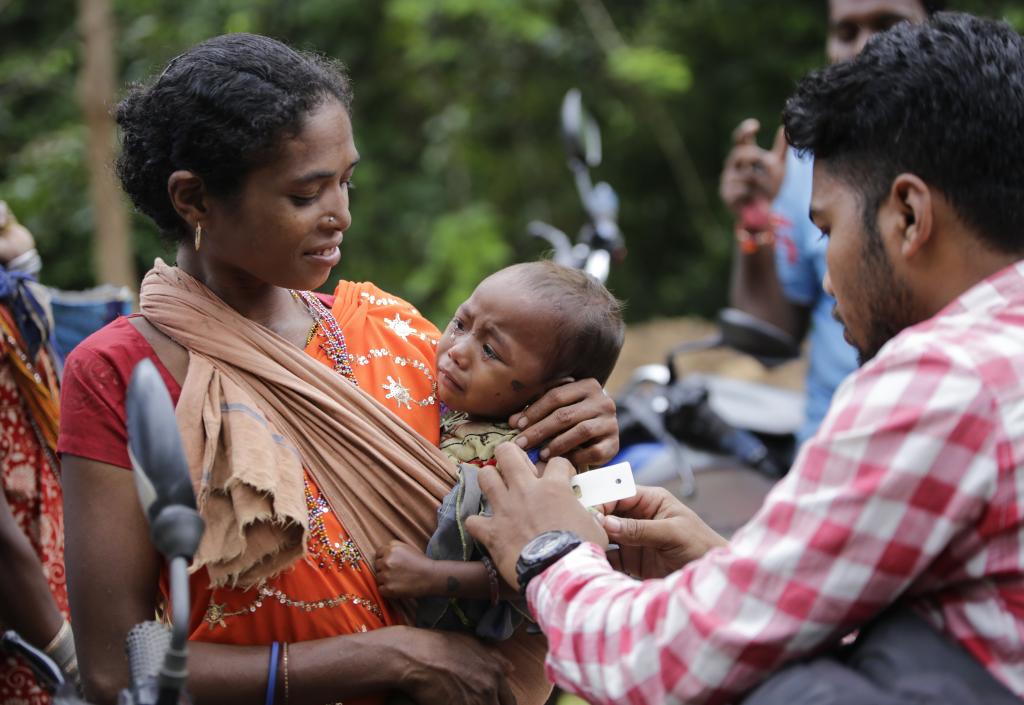

The total fertility rate (TFR) of a population is the average number of children that are born to a woman over her child bearing age, usually the age group of 15–49 yrs. The total fertility rate is the most commonly used metric to assess birth patterns as it captures the average number of births per woman, during her child bearing age.
Nations across the world have varied TFR and as of 2023, the total fertility rate varies from 0.72 in South Korea to 6.73 in Niger. It means on an average; one South Korean woman gives birth to 0.72 babies while one Niger woman gives birth to 6.73 babies in their life time. In other words, on an average, 100 South Korean women give birth to 72 babies where as 100 Niger women give birth to 673 babies during their child bearing age.
India’s TFR (2021) is at 1.91 children per woman which is below the necessary replacement fertility level of 2.1. India’s total fertility rate saw a significant decline from 6.18 in 1950 to 1.91 in 2021, and may further drop to 1.3 by 2050 and 1.04 by 2100, says a new study published in The Lancet.
This is in line with the global fertility rate, which has gone down from 4.84 in 1950 to 2.23 in 2021 and will further drop to 1.59 by 2100
Replacement-level fertility refers to the number of children a woman needs to have, on average, for a population to maintain its current size without significant growth or decline. This level is generally considered to be around 2.1 children per woman.
Replacement level means the level of TFR where a population remains stable. When TFR is above the Replacement level, population increases and when the fertility rate falls below the replacement level, population begins to shrink.
As many as 31 out of 36 states in India have attained a replacement fertility level of 2.1, which is the average number of children per woman required to sustain a steady population size, according to the Ministry of Health and Family Welfare.
Five states, including Bihar, Uttar Pradesh, Jharkhand, Meghalaya, and Manipur are the remaining states where fertility rates exceed the desired replacement level.
Comments
Write Comment